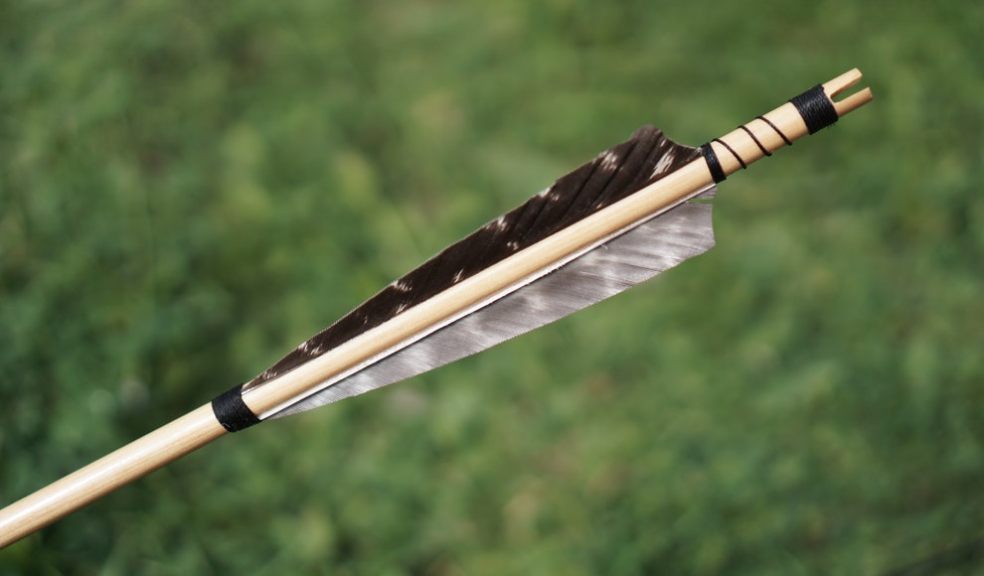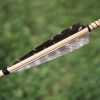
How to pick the best rangefinder for hunting
Rangefinders are an accessory any hunter should add to their arsenal. Firstly, you get a steadier shot and, secondly, you can be more ethical with the targets you choose.
But the market is saturated with models and numbers, so it can be difficult to find the best rangefinder for your needs. Before you begin the hunt for a new rangefinder for hunting, you should spend a few minutes understanding how they work. Natchezss has a really good way of explaining that!
Keep reading this post to find out all there is to know about rangefinders and how you can pick the best one for your preferred type of hunting.
What is a rangefinder?
When you’re thinking about the best rangefinder for hunting, you first have to understand what they are and how they work. A rangefinder is a piece of equipment that sends an invisible laser beam towards your intended target.
When the tiny laser reaches the mark, it goes back to your device. Then, it calculates the distance between you and the target by measuring the time it needed to reach the target and return.
Of course, you can find differences between more expensive rangefinder models with smarter electronics and entry-level versions which can’t give accurate reads beyond 500-600 yards.
Advanced pieces have clearer and sharper optics that work better during twilight hours, making them easier to use. And some even have ballistic info capabilities, calculating aim compensation or bullet drops.
Types of hunting
It’s very important to know what you’re using when you go hunting. You can find differences between pieces meant for bowhunting and those for rifles, for example.
Bowhunting
For bowhunting, you’ll need an archery rangefinder. You won’t need a powerful laser to reach long distances, but you will need software for angle compensation. This software is capable of calculating the real distance to your target, taking into consideration the extreme angle you’re shooting from.
Good archery rangefinders have a last-target priority mode that tells the device to report the farthest distance from an entire list of recent readings.
When you’re targeting a deer through the woods, through branches and leaves, the feature is supposed to measure the distance to your target, not to these obstacles. The last-target mod is also helpful when you’re bowhunting in mist or rain.
Other features that shouldn’t be missed are accurate close-target sensitivity where readings are revealed in fractions of yards, for example.
For bowhunting, look for rangefinders with lower magnification (5x, 6x) that have a dimmable LED display so you can read it better in low light or difficult environments.
Rifle-hunting
Rangefinders for rifle hunters can produce accurate readings from farther away than those used for bowhunting.
Pick one capable of detecting the high reflective targets from at least 1,500 yards. That means it will be capable of accurately detecting targets similar in size and build to deer from as far as 1,000 yards.
And if you’re considering shooting from as little as 500 yards, you should see excellent precision at even smaller targets.
The best rangefinders include ballistic software that works very well with your load and caliber, which is particularly helpful if you use a scope that has a custom turret.
Or, if you usually shoot after you make sure you know the exact distance to your target, look for a rangefinder with 7x magnification, ideally with an angle compensation module and fast-scan to quickly track moving targets.
Precision hunting
Long-distance rifle shooters will look for certain specs when choosing their rangefinders. They pay attention to sensitivity, which is the unit’s capability of distinguishing between distant targets and landscapes.
Precise units will be able to recognize even small targets at long distances. Because stability is paramount, tripod mounts and horizontal-style bodies will be easier to use because they’re more stable than vertical pieces.
Maximum range will be an important metric for those looking to hunt targets located at distances higher than 1,000 yards.
For precision hunting, it’s more important to have access to precise environmental sensors that take wind, temperature, humidity and elevation into consideration when calculating hold and bullet flight.
Go for rangefinders with 7x or 8x magnification and a powerful red LED display you can see in bright light.
Time of day usage
It’s important to decide when you’re going out hunting, as that can affect your chances of success. Rangefinders work best when it’s not bright outside because there’s IR in sunlight.
Instead, use this accessory when hunting in the mornings or in the evenings. The detector won’t be washed out by the strong sunlight.
Lenses
When it comes to lenses, the bigger, the better. In the industry, 6x used to be a good standard to go from. However, as time goes by, the need for more and more range and performance keeps increasing. Therefore, nowadays, 7x has become the standard.
And, for the best performance from any pathfinder, use a tripod. When the device is stabilized, it has the best chance to catch the returning light and calculate distances accurately. When you’re looking to hunt targets further away than 1,000 yards, you’re better off using a tripod.
Conclusion
Rangefinders are a precise and powerful unit that completes your hunting arsenal. Your decision should be based on how much you hunt and what your weapon of choice is.
We hope the information in this post is helpful or beneficial in your journey of finding the best rangefinder for your hunting needs.
Use this knowledge to make the best possible decision and upgrade your hunting game.



















